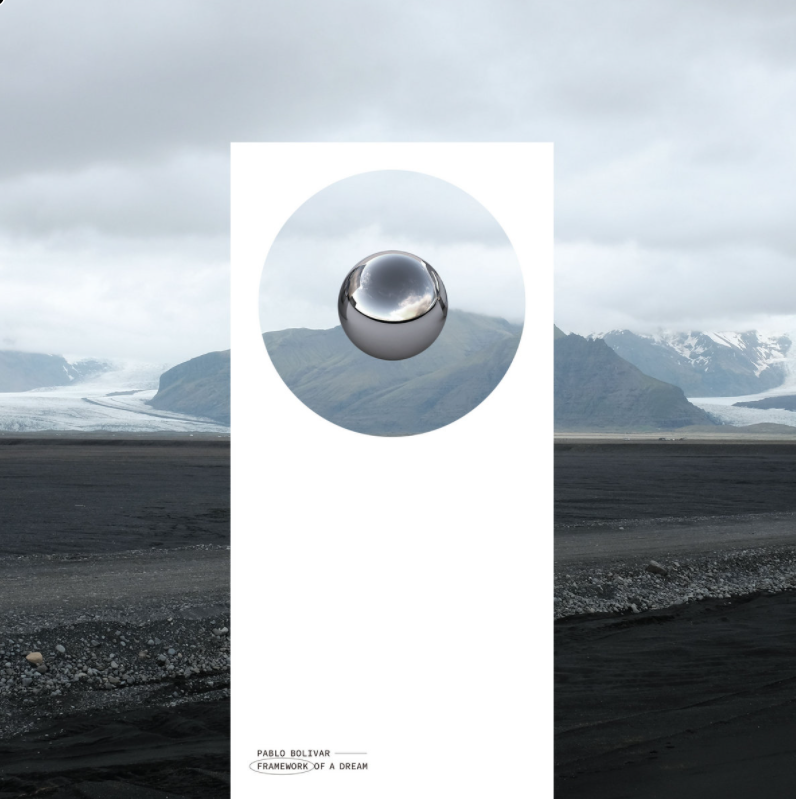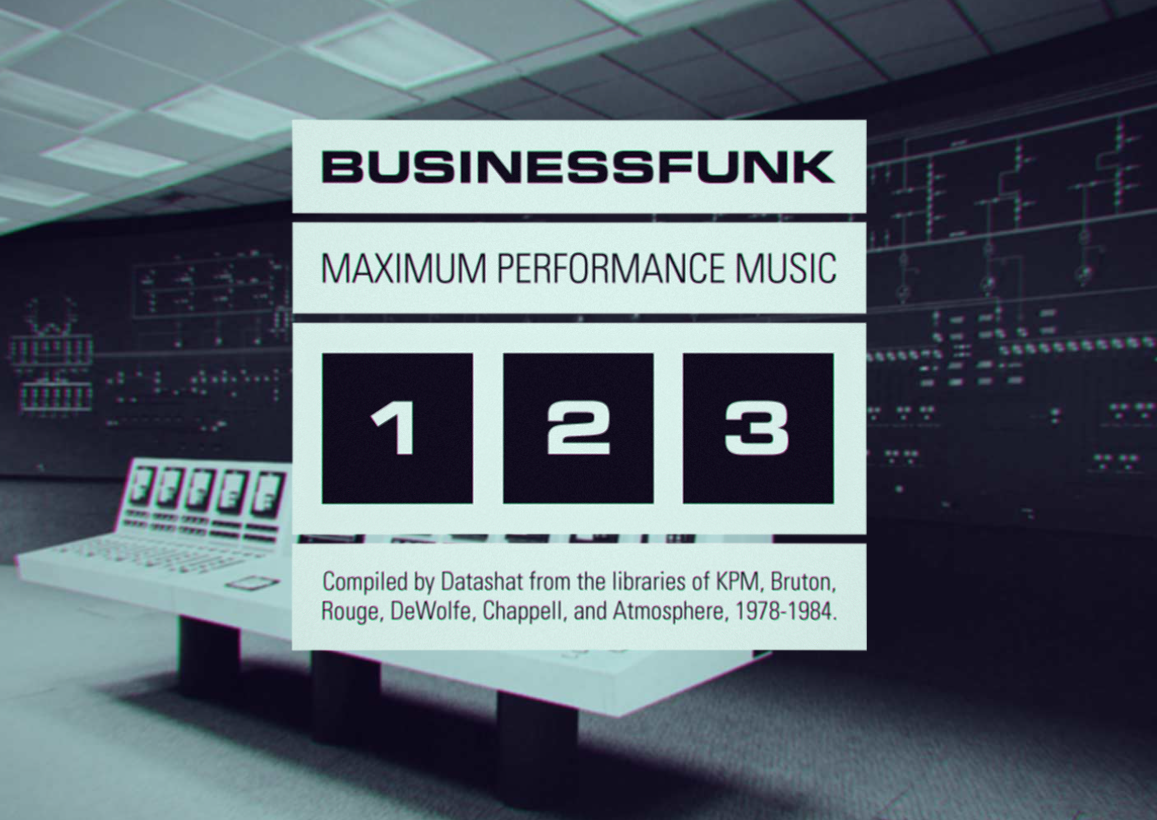Last month I had a solo performance at Gray Area in San Francisco opening for Jan Jelinek and Andrew Pekler who were visiting from Berlin. I have a few reflections in the aftermath I’d like to share.
Studio vs Stage
It’s funny how when you are in the lead up to a performance and you’re rehearsing your material, you get a feeling how things might work onstage—what moments that might play really well, and how others you might breeze through on your way from one moment to another.
I’ve found that many times, the reverse is true when you get up there.
Some of the tracks I was most excited about fell a little flat, while others I felt lukewarm about came alive, sounding far more compelling on stage than they did in rehearsals.
It’s a reminder that being in the moment—on stage, performing, or even just recording—can feel very different from the safety and solitude of noodling in your bedroom.
Everyone Uses their Instruments Differently
Developing material for a performance is all about experimentation. I wanted to avoid using pre-recorded material, so I spent a lot of time creating and recontextualizing samples and audio I created or found. The guiding question: How can I make this material entertaining for others and fun for me to perform?
At many points, I had a modular synth in the mix, but it didn’t end up in my final configuration. While I love using the modular at home, I often find its unpredictable nature a liability. Onstage, I need an instrument that will respond reliably. That’s not always the way modular works. I admire artists that can make a modular work in the live context, but I’ve had too many instances of it misbehaving in front of a crowd or just sounding far different from the way it sounded in the studio. And those gaps can really kill the moment. I adore the chaos modular brings, but in a performance setting, I need more control.
This show taught me that everyone approaches modular differently. Both Andrew and Jan used modular as their central instrument—alongside samplers and loop machines. (Andrew had a Teenage Engineering OP-1; Jan used four or five mini-disc and cassette players.) When I asked Jan and Andrew how much they improvise live versus playing rehearsed material, they said their sets are fully improvised—but in a way that I didn’t expect.
When I’m using modular, I tend to build from the ground up—sequencing oscillators through filters and effects in a more traditional way. They, on the other hand, treat modular as a processor of pre-recorded audio—less about precision, more about presence. In other words, they combat the unpredictability of the modular by run sequences of pre-recorded samples through it. Very smart.
It’s About More than Just the Music
Visuals have always played a key role in live performance—but in electronic music, they’re essential. To the casual observer, a solo performer behind a laptop can look indistinguishable from someone checking email. Without a clear visual cue—like singing, strumming, or drumming—it’s easy for audiences to disengage. And honestly, that’s fair. If the music feels unfamiliar or abstract, people need something else to connect with.
The three performers at this event approached the visual aspect a little differently, and I learned a lot from seeing those choices in action.
For my set, I took a traditional route: I asked a talented friend to create and project visuals while I performed. I was really happy with how it turned out.
Jan Jelinek did something more intimate—he set up his rig in the middle of the audience with a camera trained on his gear. The live black-and-white feed was projected at the front. No effects, no filters—just a raw, CCTV-style view of what he was doing. Instead of hiding the process, he made it the centerpiece.
Andrew Pekler took the most conceptual approach. He told a story—using video, text, maps, and abstract visuals—about a series of forgotten or lost islands that historically existed and then somehow “disappeared.” I’m not sure how much of what he presented was historical and how much was invented, but it was brilliant. His improvised music paired perfectly with the narrative. It was thoughtful, immersive, and totally original.
All in all, I’m really glad I pushed myself to do this show. I put a lot of hard work into it, but it was absolutely worth it.
-*-
















